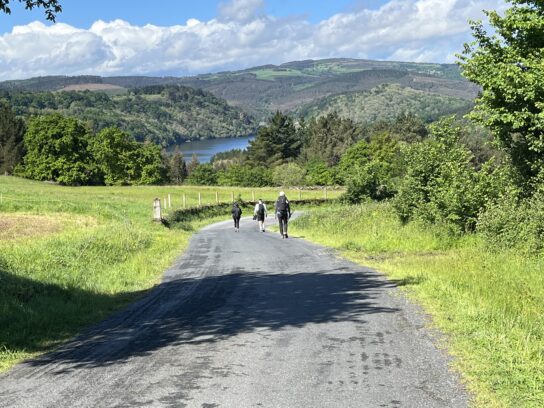
As an experienced world traveler, you doubtless have heard of the famous Camino de Santiago, the pilgrim path across northern Spain that honors St. James, one of the 12 disciples of Christ. He is reputedly buried far from Palestine in the town of Santiago (“St. James”) de Compostela (“field of stars”) in Galicia, northwest Spain. For more background, see my two articles on the Camino, published in this column in August and October 2022, at:
Top Tips for Tackling El Camino de Santiago, Part 1
El Camino de Santiago, Part 2: Regional Highlights
Inspired by my writing, I finally got around to hiking the Camino and earning the coveted Compostela certificate in the spring of this year. This month and next I will cover some of the practicalities of organizing your own Camino hike, and later I will describe my experience. This month’s column will describe when to go, where to stay and how to book, a major rule change in getting a certificate, and how to transfer your luggage on the trail.
Like most novices, I decided to hike the Camino Francés, which is one of about 15 authorized Camino de Santiago trails in Spain. The Francés runs from SW France (hence the name) to Santiago, inland from the northern coast of Spain, for about 800 kilometers (kms; 500 miles). I chose this route because of the many pilgrim-oriented services available along the way.
By the way, in the new Outlander: Blood of My Blood TV series, an excellent spinoff of the hit Outlander series and books, the hero Brian Fraser (played by Jamie Roy) just a few days ago in Episode 5 revealed that he walked the Camino de Santiago (doubtless the Francés route) in his time. That would likely have been in about 1712-3, a few years before the 1715 setting of the series. Since the Camino pilgrimage became well-traveled in the 11th century, this date is quite feasible. The Camino is 1000 years old and getting more popular all the time!
When to Go
I had an excellent experience hiking ten days and just over 100 kms in Galicia, from Morgade (near Sarria) to Santiago, in the first ten days of May. (At my age I was not ready to go 800 kms!) The weather was usually in the low 50s F early in the morning when most hikers get going, rising to the mid to high 60s later in the day. I much prefer cool weather to enervating heat for walking. So I advise against hiking in late June, or in July and August, and think May and late September or early October are ideal.
May was somewhat rainy, with short showers and one or two downpours on four of my ten days. But I was lucky and never got soaked, since I was able to duck into cafes in the downpours and had my very lightweight Japanese umbrella (a Water Front Pokeflat), lightweight poncho, pack rain cover, and rain pants for showers.
Where to Stay and How to Book
If you are on a budget and/or are walking a long distance, you will likely want to stay in alburgues. These are dormitories with bunk beds that charge only $15 to $25 per night per person (breakfast not included). There are hundreds scattered along the Francés (fewer on other routes), so booking ahead is often unnecessary, and you can just stop when you get tired. But you risk snorers and perhaps bedbugs, and I can’t stand either.
So I stayed in pensiones, AirBnbs, and small hotels, or in alburgues that had a few private rooms, almost always with private baths. These cost me from $60 to $110 per night (breakfast not included), but I thought they were well worth it.
I carefully planned out my stops six months in advance, selecting accommodations that were about 5 to 9 miles apart and were highly rated in two excellent Camino books — John Brierley’s Pilgrim’s Guide and WisePilgrim Camino Francés. I obtained and reviewed the BuenCamino and Camino Ninja apps, and I double-checked the accommodations ratings and facilities on Booking.com, and then booked them on that platform. I had no problems with Booking.com, and was glad I booked private rooms so far in advance, because they were already starting to sell out. My choices turned out to be fine, with no bedbugs or snorers – except me!
A Big Rule Change for the Compostela Certificate
In the last few months, the rules for getting the coveted Compostela certificate have changed significantly. The old rule stated that pilgrims had to hike at least 100 continuous kms (62 miles) on any of the 15-odd authorized Camino routes, with those 100 walked on the last stretch into Santiago town. But this has caused tremendous crowding, especially on the popular Camino Francés route, with 200,000 people a year, most from late April through early October, concentrated on those last 100 kms.
So now the rule states that pilgrims can walk their 100 continuous kms elsewhere on an authorized trail (getting at least two stamps/day in their credential) and then tack on a short stage on that same trail in the last approach to Santiago.
For example, if I go back to the Camino again, I would likely hike from one of my favorite cities, San Sebastian/Donostia, along the very scenic, coastal Camino del Norte to Bilbao, with its great market, Frank Gehry-designed Guggenheim Museum, and terrific food. That route would be about 125 km (77 miles). I would then take a train or plane to Santiago and hike another 12 km (7 miles) into Santiago on the Camino Francés near the Santiago airport. (Normally you must stick to the same trail, but the Norte merges into the Francés further east in Arzua, so this should be legal.)
By the way, there are at least 11 authorized trails in England and Wales (and several in France and Germany) that link into the Camino system, and you can walk them and then walk in Spain (at least 70 km) and earn a Compostela certificate. Two of the interesting authorized trails in the UK are the Saint’s Way from Padstow to Fowey in Cornwall and the Pilgrim’s Way from London or Winchester to Canterbury. You could do 30 or more continuous kms on one of these trails, then go to Spain and walk the 70 km from Ferrol to Santiago on the Camino Ingles (the “English Trail”) and get the Compostela certificate.
Luggage Transfer and Storage
One of the questions I get asked the most is, “What did you do about your heavy luggage?” The first answer is: “Pack as light as possible!” But if you are staying on in Spain or need some formal clothes, this may not be practical. No problem! My economist’s answer then is: “With 200,000 customers flowing down a narrow path, the laws of supply and demand will provide!” Sure enough, there are at least five major private companies, numerous smaller local firms, and the Spanish Post Office (the Correos), which will all gladly store your excess luggage and forward what you need each night onward to each of your stops.
From the very helpful Ivar Rekve (see caminodesantiago.me) I got a recommendation to store some of my un-needed luggage at his impressive Camino shop in Santiago, and to forward my nightly luggage via Pilbeo (Pilbeo.com). So I had three bags: one stored in Santiago, one forwarded each night by Pilbeo, and one on my back. In the latter I carried water, rain gear, flip flops (for rest stops), extra socks and one change of clothes, medicines and blister gear, guides, passport, etc., for a total of about 20 pounds. Pilbeo at first did not understand my itinerary, but once they did they were very reliable in picking up my night bag each morning and delivering it to my next destination. The cost was about $9 per transfer. The Post Office cost is about $7 but they will not accept a multi-stop schedule; you just set up tomorrow’s pickup and delivery on your smart phone, each night.
Buena suerte y buen Camino!!!
- A pilgrim on Camino with an umbrella hat, ready for spring rain – a good idea. When hiking in the hot summer (mistake!) some pilgrims carry a sun umbrella with a silvery reflective coating, and you can even obtain an umbrella with a small electric fan and water mister!
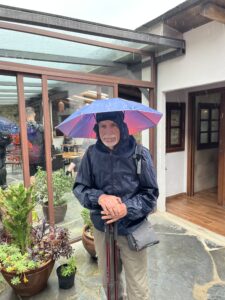
- A very nice alburgue on the Camino, inside an old monastery. Note the ceiling. Most alburgues are not this elaborate, and are more like a barracks in a small gymnasium, with a fix-it-yourself breakfast/dinner kitchen.
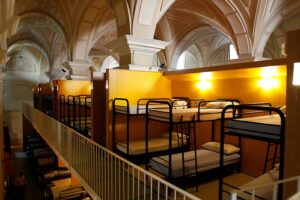
- My private room at an alburgue in Morgade – typical of my accommodations. Note the solid construction, the two single beds and my two packs. The red one I carried while hiking and the green one in front of a chair was delivered each night to the lobby of my designated stop.
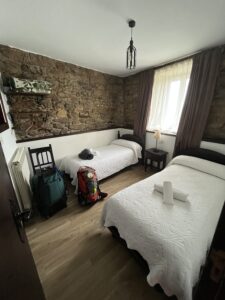
- On the left is the cover of a Pilgrim’s Credential (the “Pilgrim’s Passport”), that is carried to get at least two stamps per day in shops, cafes, churches and numerous other locations along the Camino. On the right is my Credential with typical stamps, and at the top is a stamp for self-stamping (often you must ask the proprietor for the stamp). You present the fully stamped Credential to get the coveted Compostela certificate.
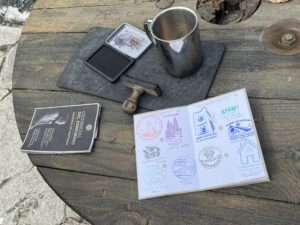
- My Compostela certificate, obtained in Santiago de Compostela at the Pilgrim’s Office at the end of my hike. It states in Latin that I completed a journey devoted to St. James in May 2025. A separate certificate in Spanish stated the number of kilometers walked and the starting point.
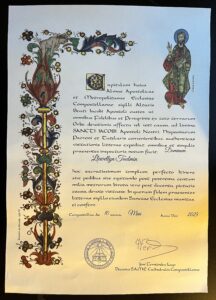
- Typical beautiful rolling green hills (and lots of them!) of Galicia, on the approach to Portomarin, on the Camino Francé This part of Spain reminded me of Ireland, with its famous “50 Shades of Green.” Note the narrow paved road with almost no traffic – many parts of the Camino Francés look like this.
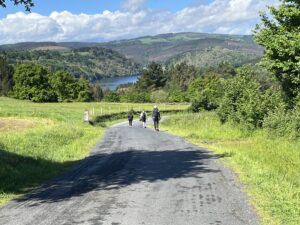
- The only horses I saw on the Camino – these may be locals, since they do not have backpacks or substantial saddle bags. Note the Spanish-style comfortable saddles and wide stirrups, good for long distance trips. The minimum Compostela certificate distance for hikers and horseback riders and hikers is 100 kms; for bikers it is 200 kms. For horseback journeys and guided walks, see: https://walkthecamino.com/travel-tours/camino-de-santiago-on-horseback.
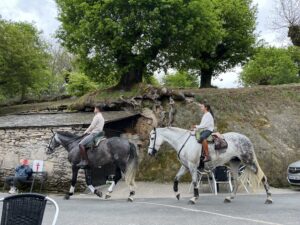
- A selfie of me on Camino. Note my pack with waist belt, wide Canadian Tilley hat, rain cover, long pants, single hiking pole (some carry two), smart phone (with local SIM card), and lightweight but strong New Balance trail runners.
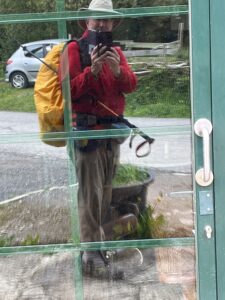
The Pilbeo tag attached to my daily transferred bag shows my name, local phone, itinerary, and its QR code. The tag is red plastic outside and covered with transparent plastic inside, to fully protect it from the rain.

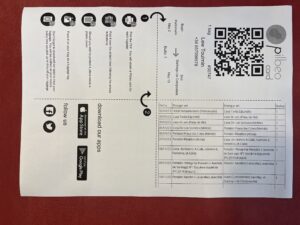



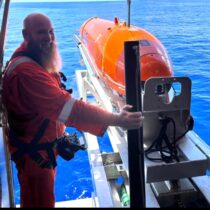




























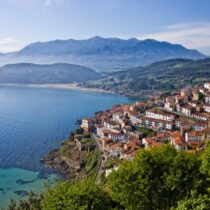
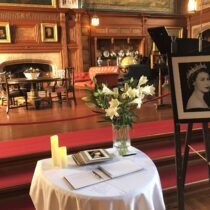

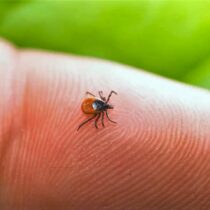



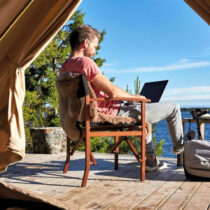
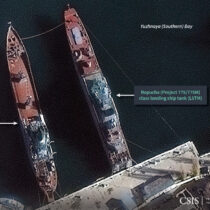
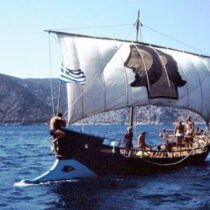
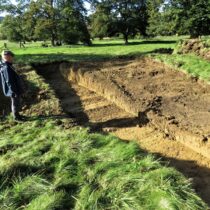

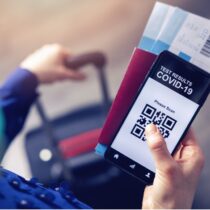
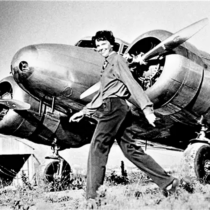
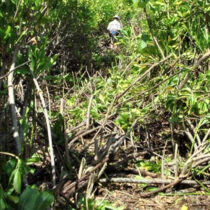




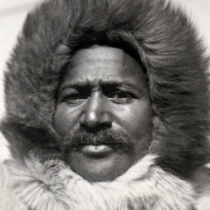
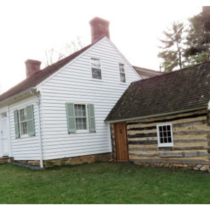
Comments are closed.